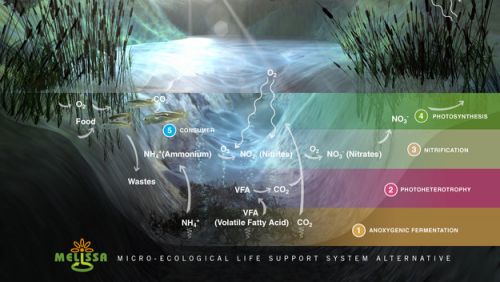
03/09/2015
Travelling to Mars Is In Progress Near the Barcelona Synchrotron Park
Travelling to Mars Is In Progress Near the Barcelona Synchrotron Park
More news
08/02/2019
Barcelona Synchrotron Park’s #10YearChallenge
01/02/2019
Eurecat, a provider of innovative technologies
25/01/2019
ALBA Synchrotron’s expertise involved in the design of two scientific facilities
18/01/2019
Stradivarius will launch perfumes
11/01/2019
Graphene-based implant developed by IMB and ICN2 on UAB campus records brain activity
03/01/2019
CREAF: 30 years in environmental sciences









